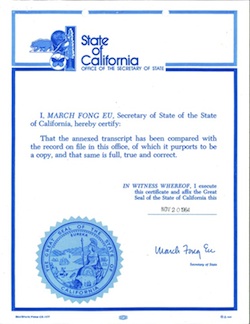Interstate 80 eastbound, twenty miles outside of Sacramento. It’s Tuesday, November 20, 1984; a day on which a small part of history will be created.
In a folder next to me on the front seat of my four-year old Honda are several copies of the Articles of Incorporation for a new legal entity to be named SETI Institute. For multiple reasons, I was doing everything possible to expedite the startup of this new 501(c)(3) non-profit research organization. Personally walking the paperwork through the process at the state capitol would save several weeks on a frustratingly tight schedule.
My major concerns were the logistics. Would it be easy to find the multiple offices I needed to visit? Would there be long lines? Was I going to get it all done in one day? Would the language as drafted be acceptable? If not, where would I go to retype them? (At the time, most documents were still printed on typewriters or stand-alone word processors.)
Having done all the necessary homework, I was pretty confident of success that day, and everything went like clockwork. By 2:00 pm the Articles were on file and I had a certified copy signed by California Secretary of State, March Fong Eu. The SETI Institute was born!
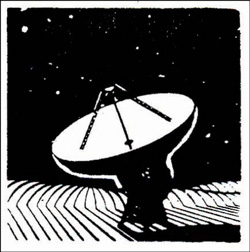
The original SETI Institute logo
How did this come to be? What were the driving factors that led up to this day?
John Billingham, Chief of Life Sciences at NASA Ames Research Center, had been nurturing NASA’s interest in SETI since he stewarded the 1971 publication of Project Cyclops, edited by Bernard M. (Barney) Oliver, long time Vice President and Director of Research at Hewlett-Packard. This seminal engineering design volume was the report of a summer workshop sponsored by NASA, and described a project to search for artificially generated radio signals from a distance of up to 1,000 light-years.
By 1984, Billingham had a new SETI research and development budget of $1.5 million per year and a vision for a major NASA SETI project by the 1990s. He partnered again with Barney Oliver, now recently retired from H-P, inviting him to join NASA and direct the SETI office. Oliver found a program that was seriously over-scoped for the amount of funds available. He rapidly discovered an additional difficulty: most members of the science team working on the program were employed by a variety of universities where overhead rates on their soft money grants ranged between 40% to more than 100%. Oliver found this exasperating, wanted a better answer, and made that fact known loud and clear to all on the team.
That summer I became aware of the problem via casual conversations with Elyse Murray (now Elyse Pierson and mother of our two college-age children). Elyse alerted her boss, Barney Oliver, that she had a friend named Tom Pierson who was director of research administration at nearby San Francisco State University (SFSU) and had a lot of knowledge about university indirect cost rates. She suggested that I might help find an answer to his frustrations about overhead costs. This led to a series of meetings between myself and members of the SETI team, including Oliver, Billingham, Jill Tarter (UC Berkeley), Charles Seeger (SFSU), Ivan Linscott (Stanford), and others. It became clear that essentially all members of the team shared Oliver’s desire to find a more cost effective means of using the scarce dollars available for SETI research.
Based on personal experience in forming and administering research non-profits, I suggested that one viable choice would be to form a new non-profit organization devoted to SETI research, submit future grant proposals through that entity, and thereby have the researchers become employees of that new organization once funding was awarded. This efficient new arrangement would allow all overhead to be focused visibly and directly in support of the funded research; no wasted overhead on things they never saw. I estimated that total overhead should be around 20%, significantly below the amount being paid to their current home institutions. The risk in such a scenario was obvious – the new organization would be exactly that – new – and at risk if not shepherded correctly.
Everyone involved voted to proceed with the idea. Because all were scientists and unskilled in organization design and management, they asked me to join the team and do the work required to make the vision a reality. Drawn both by my personal fascination with the question “are we alone?” and by the incredible group of people inviting me to come help them, I decided to make the leap.
This decision to proceed was made in late October, 1984. There was a deadline looming for new grant proposals to be submitted in December for a funding cycle that would begin February 1, 1985. We had to move from concept to a functioning corporation with appropriate federal and state non-profit approvals in place by mid-January if we were to have any hope of NASA making an award by the February date. There was an obvious sense of urgency.
By early December, bylaws were finalized describing the Institute’s focus on the research and education aspects of all factors of the Drake Equation. We collected a terrific volunteer board for the new corporation and held the first board meeting on December 20, 1984. Using the bylaws as a basis, I produced the necessary filings for state and federal income tax exemptions, and the first grant proposal was authored by Jill Tarter. The state and federal approvals came through, the grant proposal was successful, and funding came in right on schedule on February 1, 1985. The first ten employees (including Jill and me) were hired, and we were on our way!
The wide spectrum of work as defined by the well-known Drake Equation enabled the Institute to receive its first exobiology grant, with Harold Klein as principal investigator, not long after the first SETI award. And, as history shows, this eventually led to the broad base of philanthropy and grant support we receive annually in the disciplines of SETI, astrobiology, and science education.
I doubt that any of us around at the beginning would have predicted that, twenty-five years later, the SETI Institute would have administered more than one quarter of a billion dollars in funded research, employed more than 700 different individuals over the years, and would currently host more than 100 active projects with 140 employees, including 55 principal investigator-level scientists and educators.
Wow! Who would have thought that a simple two hour drive to Sacramento would lead to this?
This article originally appeared in the 2010 issue of the SETI Institute's Explorer magazine.
Additional Information
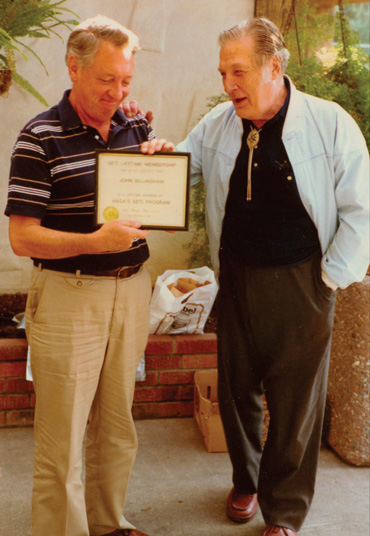
John Billingham and Barney Oliver
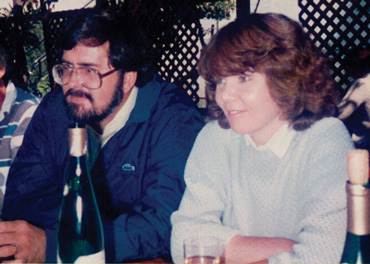
Tom Pierson and Elyse Murray, 1984
Original Board of Trustees
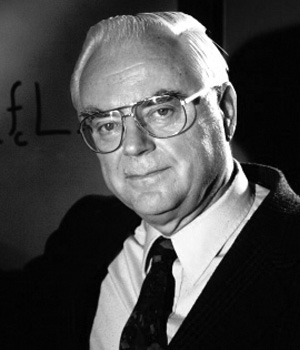
Frank Drake
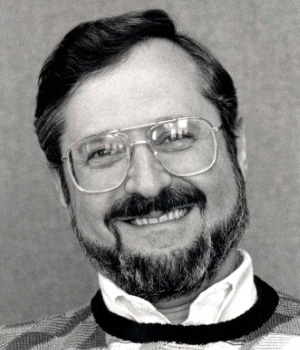
Andrew Fraknoi
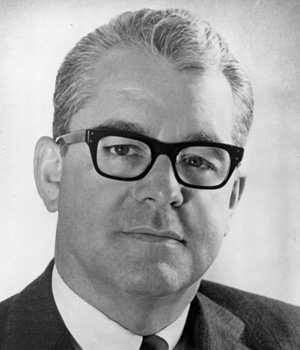
Roger Heyns
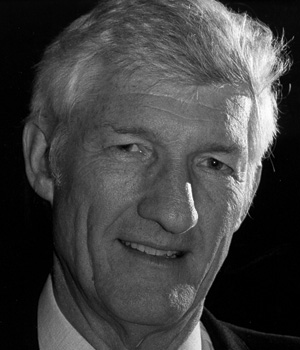
William Welch

